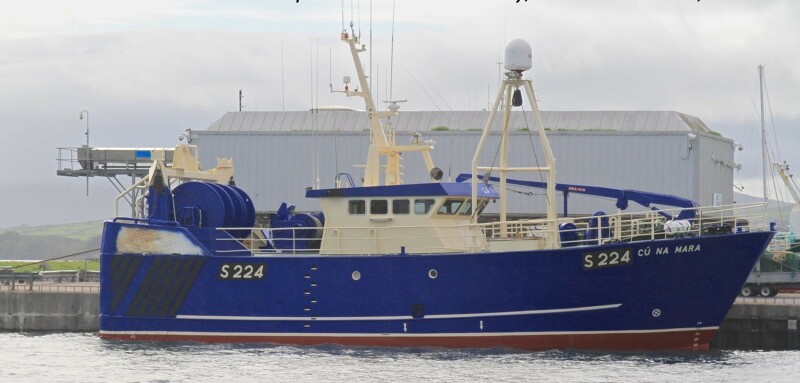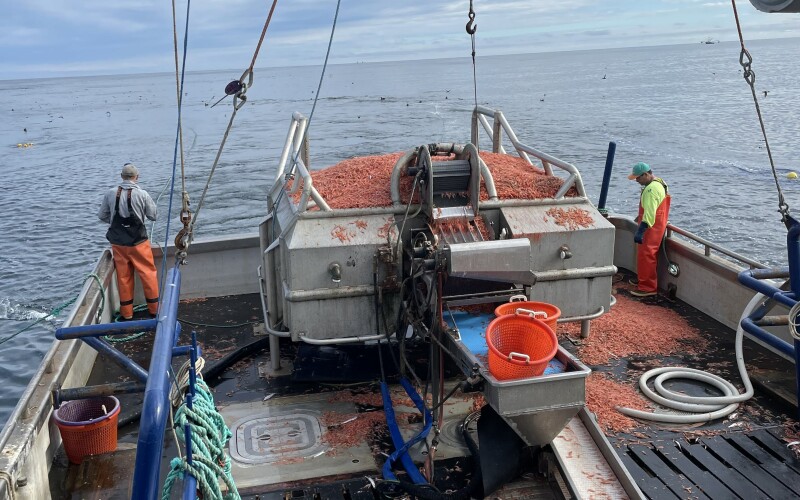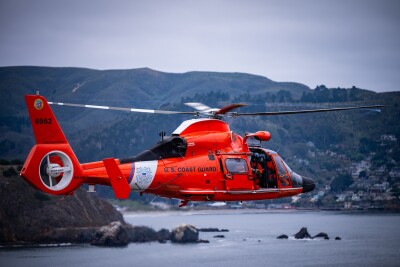Francis Parrott, marketing manager at Notus, doesn’t like to throw around the term “game changer,” but he feels justified in the case of the company’s Echo shrimp detector. “We’re hearing from our customers that they are catching the same amount of shrimp in half the time,” says Parrott, noting that technology that can double catch per unit of effort is a huge benefit to shrimp fishermen.
Based in Newfoundland, Notus has been making wireless net sensors since 1992, Parrot notes, helping fishermen increase efficiency. “Since the Echo came out in its current form three years ago we’re on about 80 percent of the shrimp boats on the West Coast,” says Parrott. “We’re on the [260-foot shrimp boat] Northern Osprey here, and many of the others.” Beyond North America, many European vessels have also installed the novel shrimp detection system.
Parrot notes that part of the Notus success story is that the company listens to fishermen. “A friend of mine on the west coast found that shrimp make a very distinctive sound when they hit the grid,” says Parrott, referring to the grate used in shrimp trawls to reduce bycatch of fish. “He came out here and asked if we could somehow get this sound into the wheelhouse.”
The team at Notus developed a sensor that is attached to the grid. “It sends a signal to a hydrophone on the vessel, and we run a wire up to the controller, which is the brain of the system. The controller sends the information to a computer that does two things: it renders a color image onto a display that shows where the shrimp are being caught in a tow, and it sends the data to the navigational electronics – the plotter.”
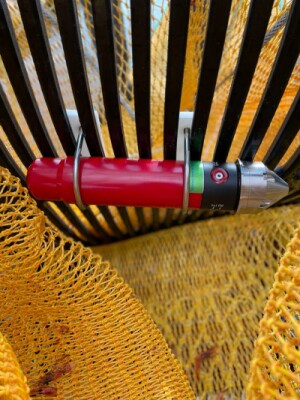
Parrish notes that the shrimp boats often make four- to five-hour tows, but have found that they are only catching shrimp for about 45 minutes. The plotter display shows water tows in blue and turns red when shrimp are hitting the grate, or grid as Parrott calls it. “With Echo, the vessels can focus on the sweet spot of the tow. That’s really what this is about, finding that sweet spot, and catching the same amount of shrimp in half the time, or less.”
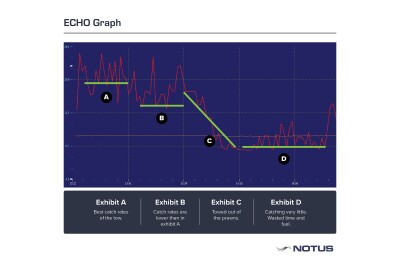
Spotting shrimp on bottom has always been impossible because they lack a swim bladder that a sonar might pick up, and as noted, fishermen towed blindly. Washington State fisherman Ben Downes, Parrott’s friend on the West Coast, found the secret of Echo almost by accident.
“I build my own nets,” says Downes. “I started using underwater cameras to see what was happening in the net and where I was catching shrimp. I experimented with a lot of cameras; then Pacific States loaned me one that had sound. My wife, who is a marine biologist, and I were at home reviewing some video and we started hearing a little ping when the shrimp hit the grate. I turned up the volume and it was very distinctive, ping, ping, and then a gurgling when we got into a lot of them. I started thinking about how to get this sound up to the wheelhouse.”
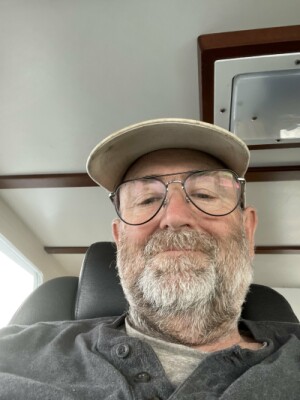
Downes reports that he approached Notus first and was initially met with skepticism. “But then they called me back. They had heard of something going on in Europe and they were ready to work on getting the sound to the wheelhouse.” Downes had already collected reams of data and had the frequencies of the sounds the shrimp made. “They flew my wife and I to Newfoundland, I gave them all my data and we started to work on it. They sent a prototype out to me, and we got a good signal and were able to see where were catching shrimp.”
Notus has since refined the design with the crew in mind. “One thing we’ve learned is that if you want a successful product, the crew has to like it,” says Parrott. “Our sensor is attached to the grid, and it stays there. The crew doesn’t have to take it off for charging.” Because the sensor is only sending a sound signal, the battery lasts two days, according to Parrot. “Then they bring the waterproof charger out on deck and attach it to the sensor. It takes an hour to fully charge.”
With the catch rates Echo users are seeing, along with the easy-to-interpret display graphics and the quick charge time, it is not surprising that the Notus Echo has rapidly gained popularity. Downes notes that the $30,000 to $40,000 price point is not cheap but well worth the investment.
“When we put the first sellable Notus Echo aboard, we were the top producing boat,” he says. “Now, almost everyone has one. Most guys won’t leave the dock without it. It used to be, that we’d go out and either catch so much we damage the gear, or almost nothing. We spent most of our time catching salt water. Now, the boats come in loaded; by that I mean 100,000 pounds. We’re only limited by what the plants can take.”
